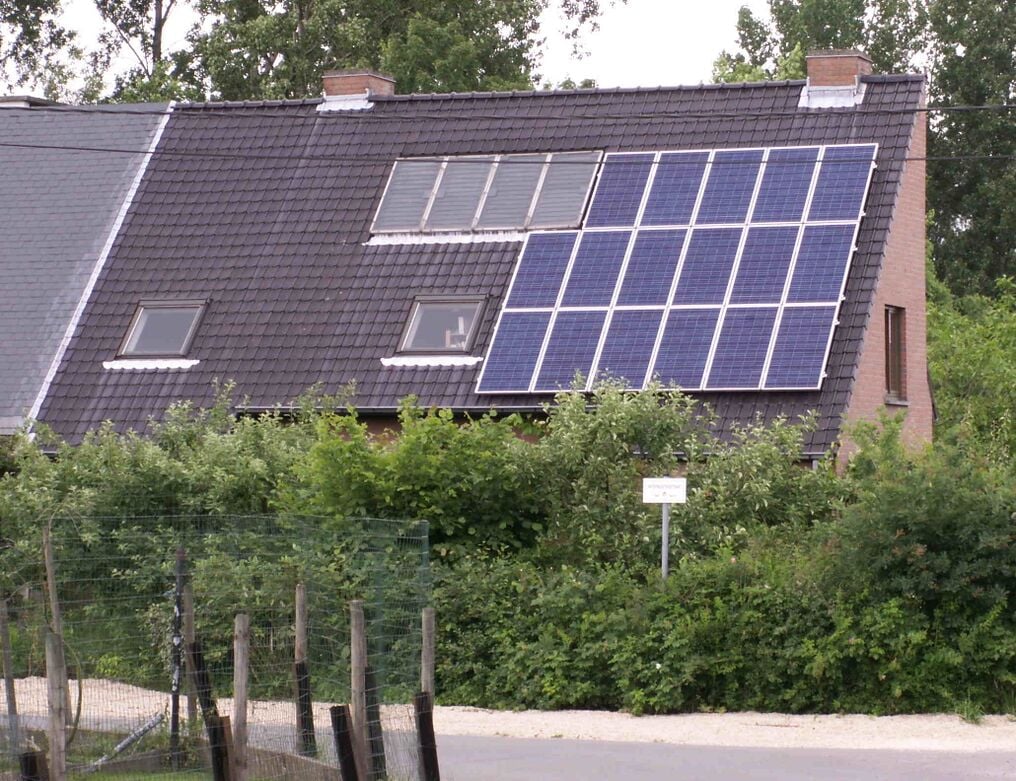Solar power refers to useful electrical energy extracted from sunlight.
Solar power is generally considered to be "Green", renewable, sustainable, and environmentally friendly.
Solar Power is the conversion of sunlight into electricity. It can be done directly using photovoltaics or using concentrated solar using mirrors or other lenses to focus and concentrate a large area of sunlight to a small beam or point. With in increasing cost of energy and alternative energies, solar power is becoming more economically feasible and important.
The Sun
Our sun one of the largest in our galaxy is one of the major sources of energy we have. The sun at its core converts hydrogen to helium through a thermonuclear reaction. This energy travels from the core of the sun to the surface and primarily released as light. The energy the earth receives comes in two forms, heat and light. According to the US Department of Energy every hour enough energy reaches the earth to meet our energy demands for the whole year. The amount of sun that reaches the earth annually is 4x10^18 Joules. The amount of energy consumed by world population is about 3X10^15 Joules.
History
Solar power has been used for thousands of years humans by using passive solar designs so that the walls and floor absorbed heat during the and released it at night. If you have ever stood in the sun to warm you body up you too have harvest the energy from the sun for warmth. In 1839 a french physicist Edmond Becquerel first showed photovoltaic activity. He discovered that electrical current could be increased in certain materials when exposed to light. Albert Einstein built up this findings 66 years later to what we know know as the photoelectric effect. The photoelectric effect, electrons are emitted from matter due to their absorption of energy from the electromagnetic radiation (specifically very short wavelengths and high frequency such as Ultraviolet radiation.
Achieving economies of scale
There is a need to increase demand for photovoltaics such that they can compete with conventional electricity production methods. One innovative idea is to harness the green purchasing power of academic institutions. This has been shown to be potentially quite influential in catalyzing a positive spiral-effect in renewables globally[1]. open access
See also
- Solar power in space
- Argentina photovoltaic
- Robin deterrent for solar charger
- Advantages Of Solar Power
- Solar Shack
References
- ↑ Joshua M. Pearce, “Catalyzing Mass Production of Solar Photovoltaic Cells Using University Driven Green Purchasing”, International Journal of Sustainability in Higher Education, 7(4), pp. 425 – 436, 2006.
http://environment.nationalgeographic.com/environment/global-warming/solar-power-profile/
Interwiki links

